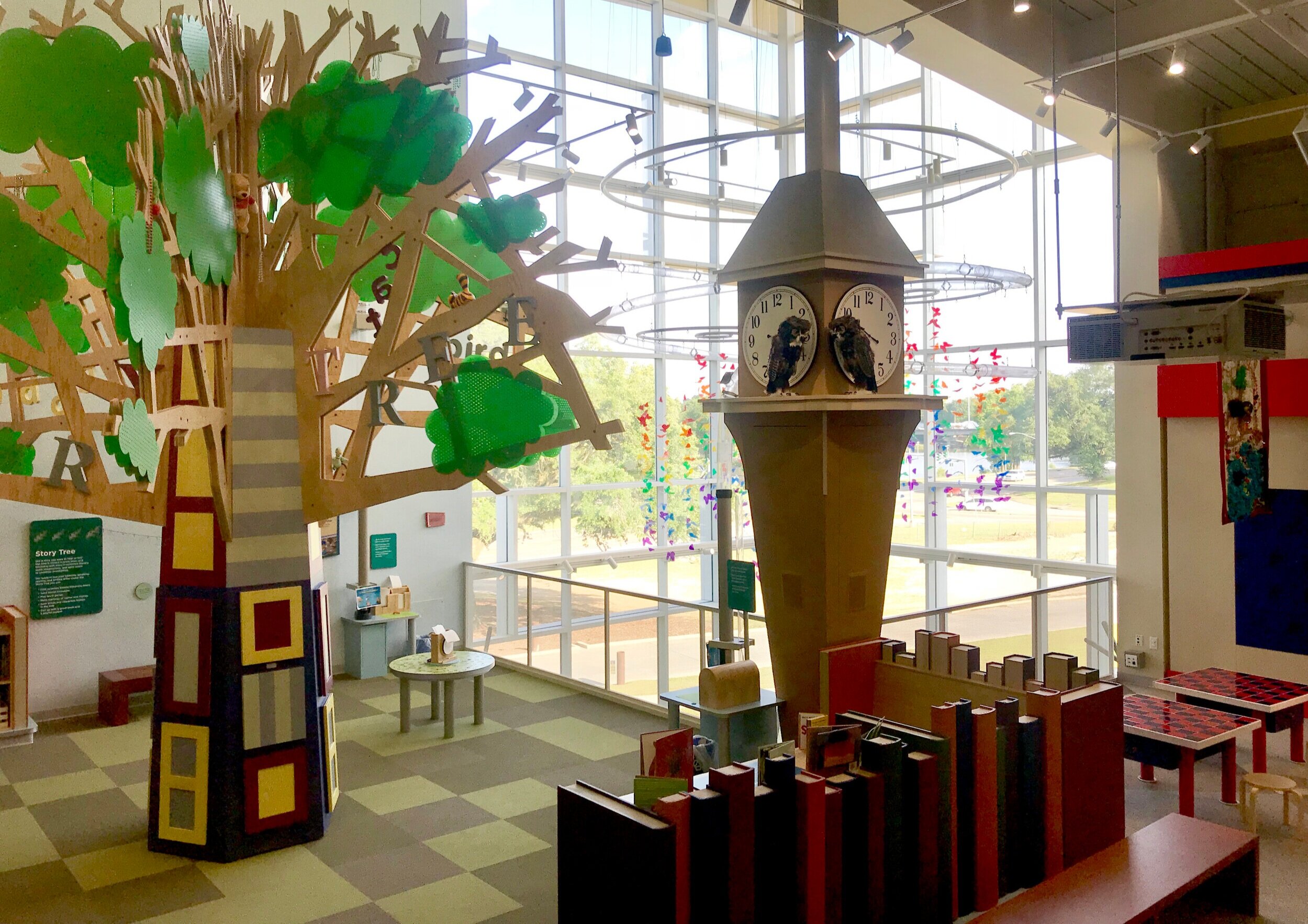
What’s New in Museums

Starting-Up Roadmap
We’ve been hearing from so many of you with the same question: “Where do I start?!”
We feel your struggles! We have either led or helped start up several children’s museums and know how frustrating the start-up process can be. That’s why we want to make it easier for museum founders to navigate the starting up process, from idea to opening.

11 easy ways to protect your museum from heap-sprawl
Throughout Minnesota, it’s the time of year for the great fall clean-up. When the days are getting shorter and the temps are dropping, Mother Nature tells us it’s time to prepare for winter. With the great Halloween Blizzard of 1991, it was more like she screamed it at us, but she got her point across. Blizzards and subzero temps are around the corner, so finish up those outside projects before they’re buried in snow until spring. Lake weather is behind us, so why not take a lovely autumn week for tidying up and getting organized?
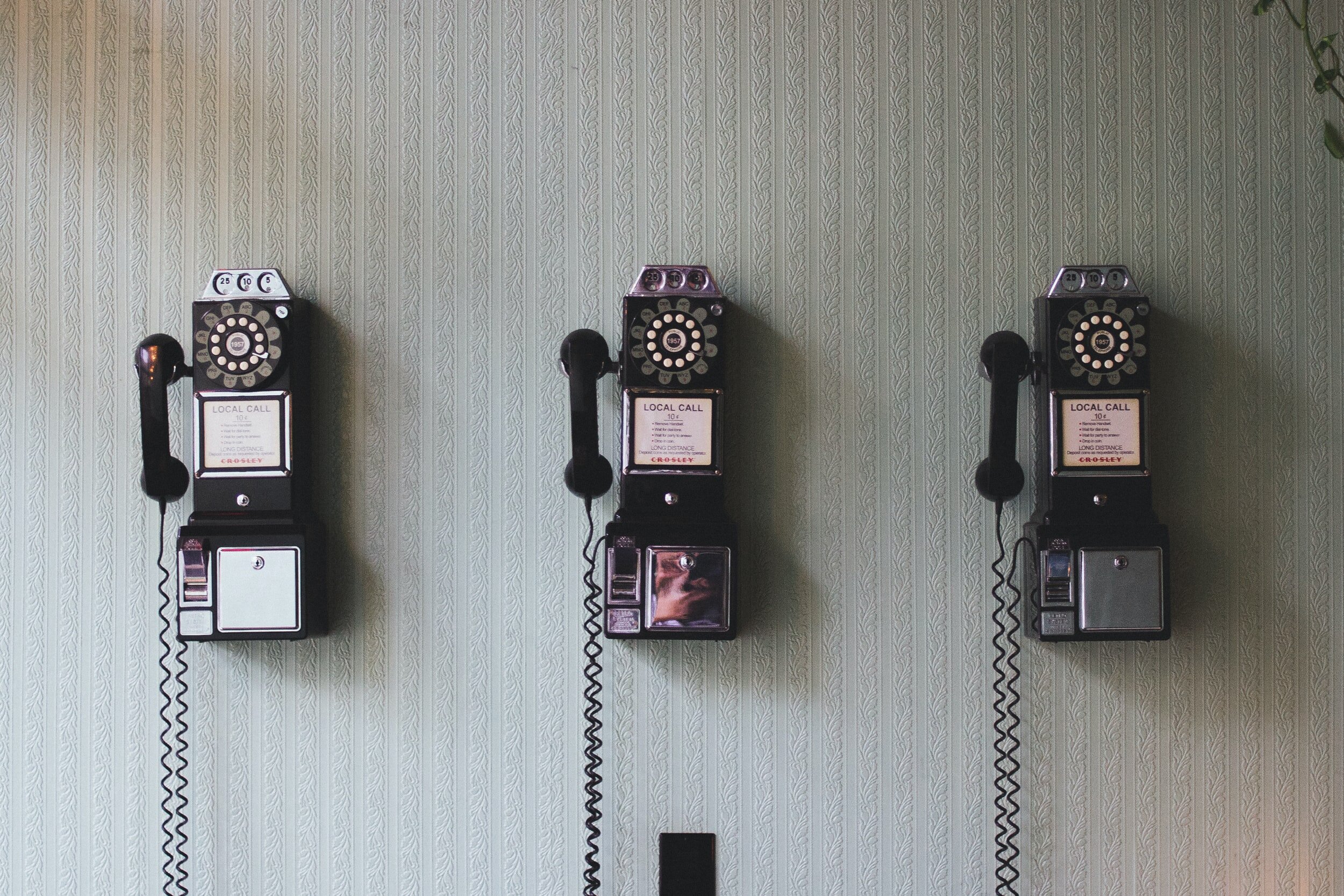
10 Tips for Great Team Communication
What exactly does good communication mean? That answer is probably a bit different in every industry, and communication style varies from person to person, but there are a few basic tenets that life (and many years of experience) have taught me and which will make your working relationships so much more smooth.
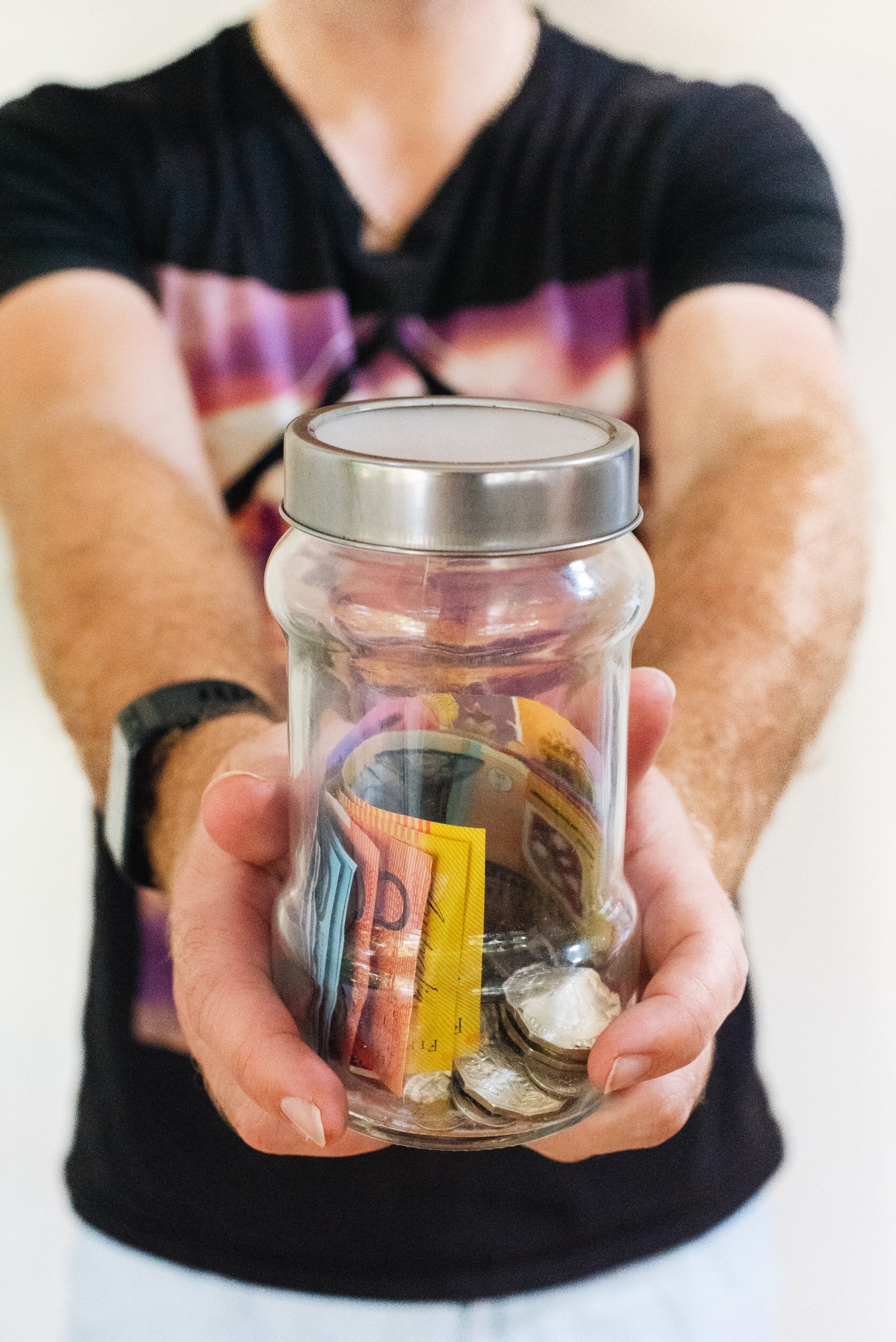
Capital Campaign Fundamentals
Founders find themselves learning and leading all aspects of starting up a children’s museum, but the one responsibility that sits heaviest on the founder’s shoulders is fundraising. There’s no escaping that money must be raised, and a lot of it.
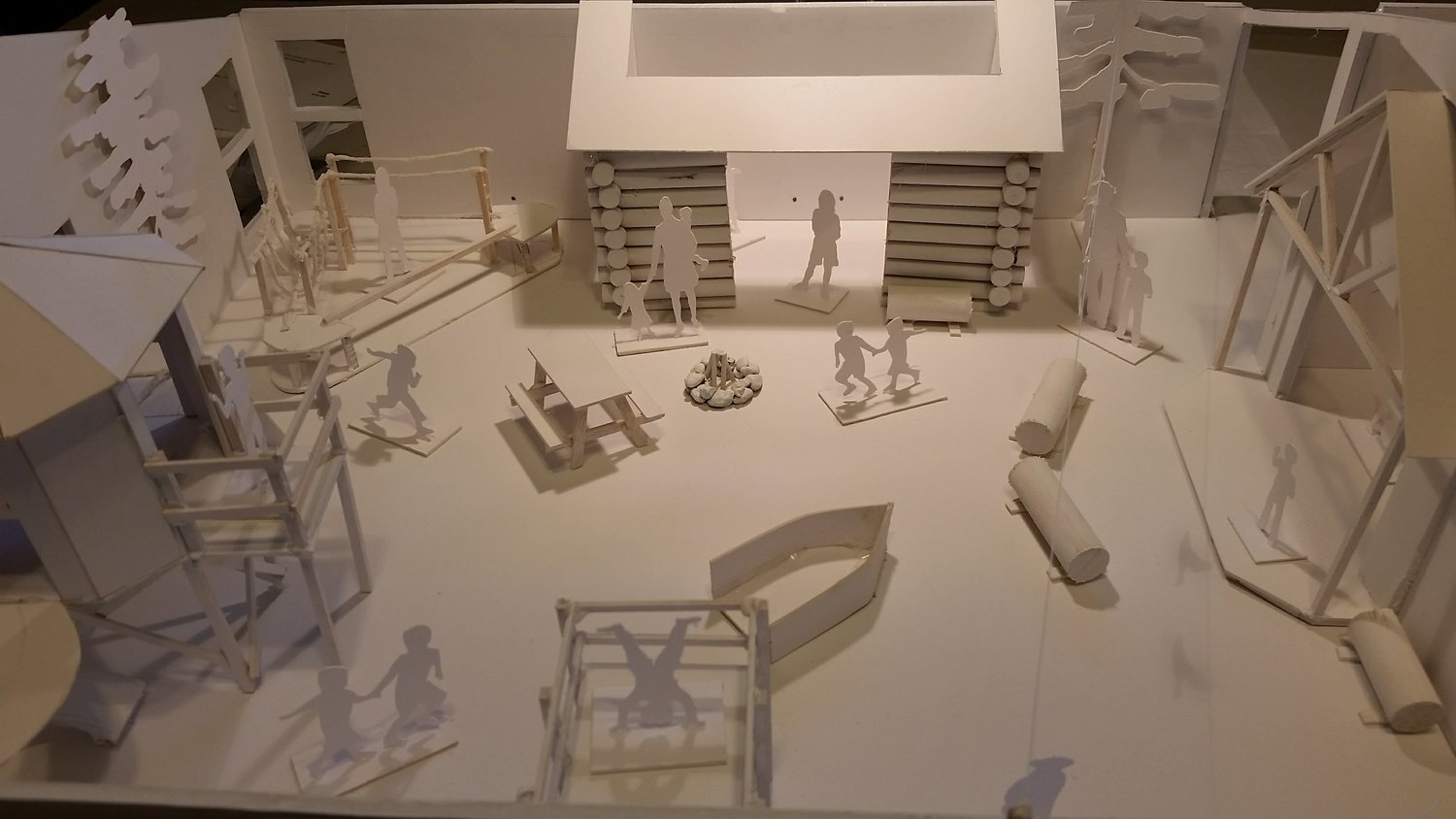
2D or not 2D…
Often, whether I’m working with a museum staff or a theatrical production team, there are people involved who just don’t have much experience looking at a ground plan or being able to translate two-dimensional representations into a three-dimensional concept. A physical model of an exhibit allows me to show and discuss (with less chance of misinterpretation) how each element of the design fits into the given space as a whole, and how each element relates to one another.
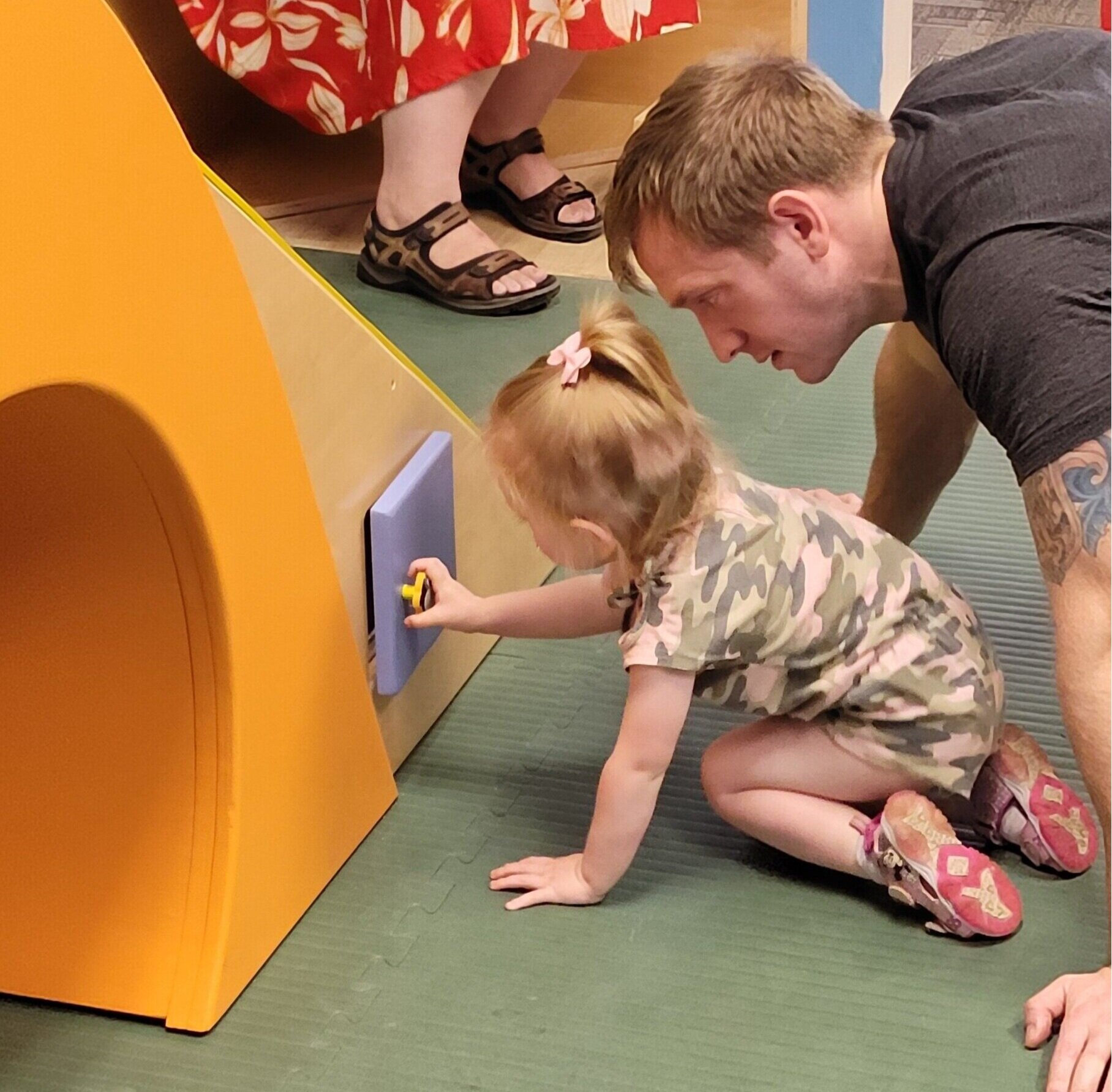
It is a happy talent to know how to play
Believe it or not, it’s been a long time since I was a toddler myself, and sometimes it’s just hard to know what children will enjoy and how they will react to what we create. Will they instinctively know what to do with the plastic balls? Will they want to explore what’s on the other side of the hill? Will they feel intimidated by the climbing holds or be challenged by them?

Kickstarting Visitor Experience Training
Visitors’ touchpoints with the museum include everything from reading a social media post, to finding fully stocked supplies in the bathrooms, to hearing “thanks for coming to play today” on their way out the door, so developing a visitor experience mindset is important for all staff, regardless of position description.
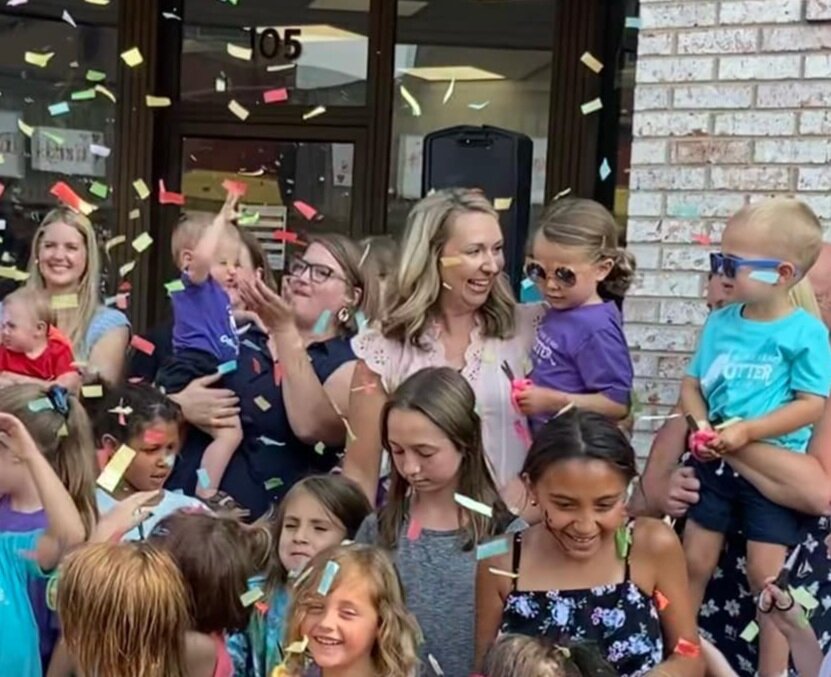
Refreshing a Gallery with New Components (pt. 2 of 2)
It was crucial that the new components of this expansion fit the vision, look and feel of the existing gallery and the museum. As we developed the interpretive plan, the museum’s values, goals, mission, and vision served as filters and guideposts to make sure that the added components would support and strengthen the visitor experience.
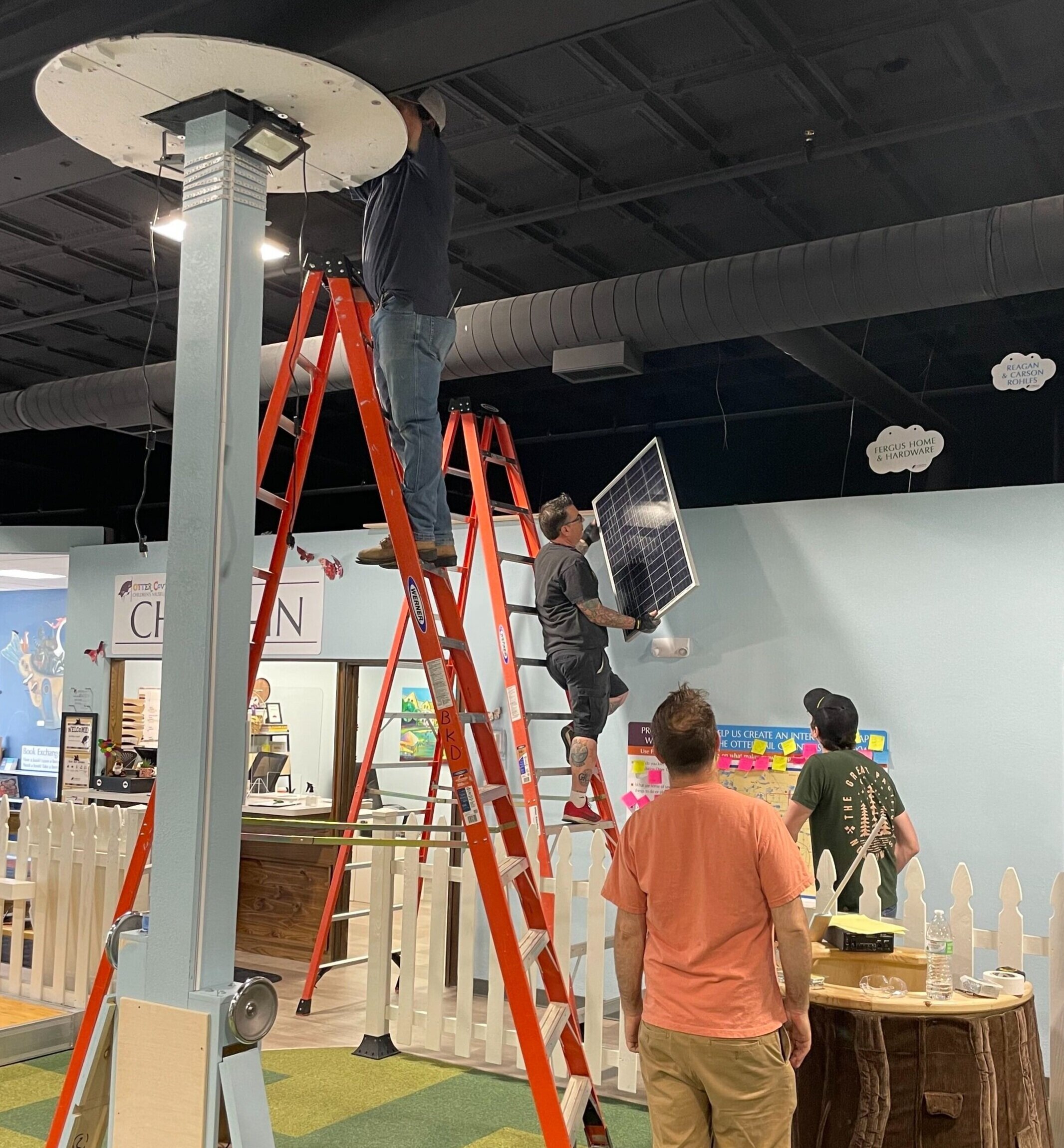
Refreshing a Gallery with New Components
Keeping up your children’s museum’s visitor experience means keeping up your exhibits. Your goals might include a commitment to new offerings, with changing programming and periodically adding new and interesting exhibit components to their existing exhibits.
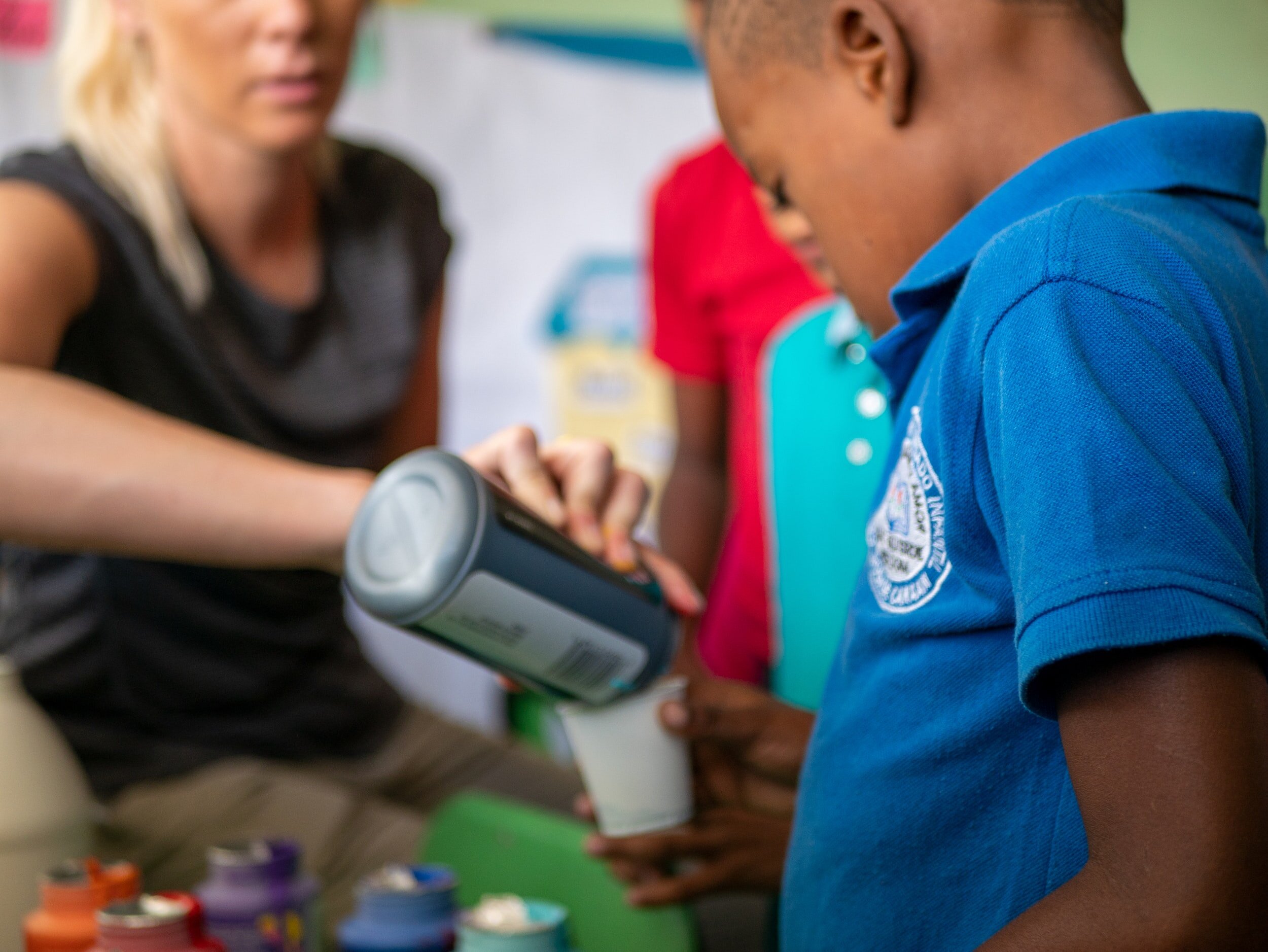
Making Your Visitor Your #1 Priority
Ultimately a new children’s museum will be judged by what its visitors experience, what they perceive, and what they share with others. Community-wide assessment of a new children’s museum’s success comes out of the perceptions of those who visit and even those who hear about it secondhand.
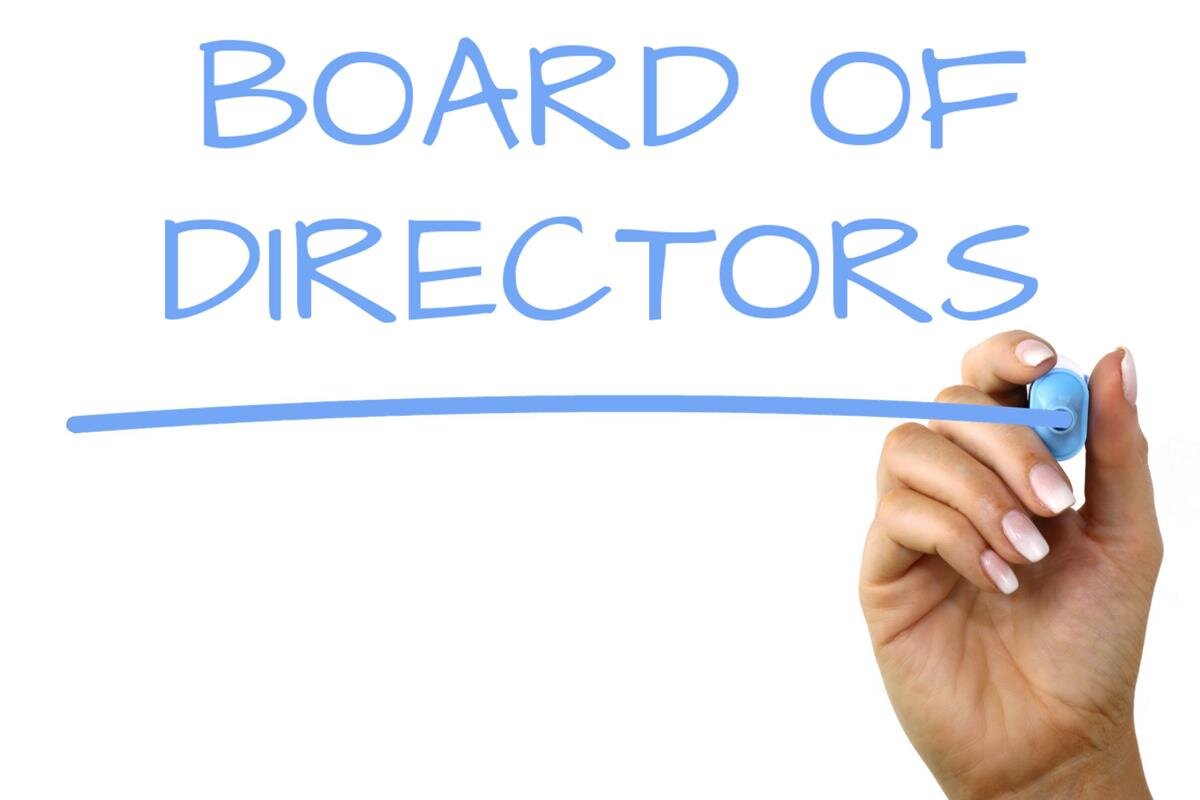
Intentional Founding Board Recruitment
“What can I do to make our board of directors more effective?” This persistent question will likely stay with a children’s museum through all stages of its lifecycle because it’s difficult for any mission-driven organization to be its “best self” unless its board of directors has what it takes to lead the way. It’s a big job.

Top Three Take-Aways for Onboarding Your First Executive Director
You’re a major step closer to finally realizing your dream: opening an amazing children’s museum for your community. Your first ED’s start-date has been set, and you can visualize your to-do list being cut in half, thanks to the miracle of paid employment. But wait a minute — You don’t have an HR department on staff yet, so it falls to you and the rest of the volunteer board of directors to train this new person!

Time is the most valuable thing to spend
Great results take time and take the efforts of the whole team. Having a method for keeping everyone on the same page with how things are progressing can make the difference in ensuring that all the elements come together.
